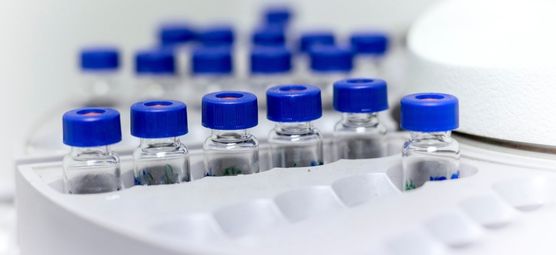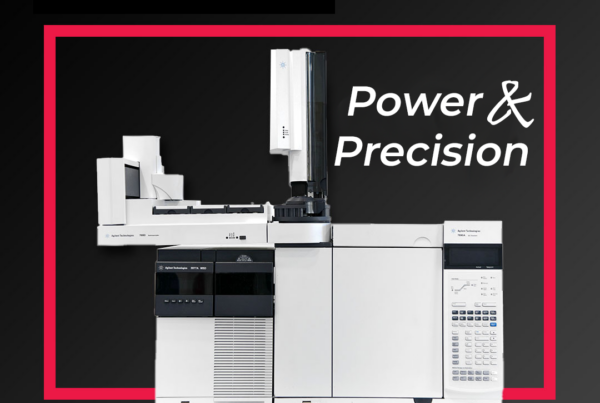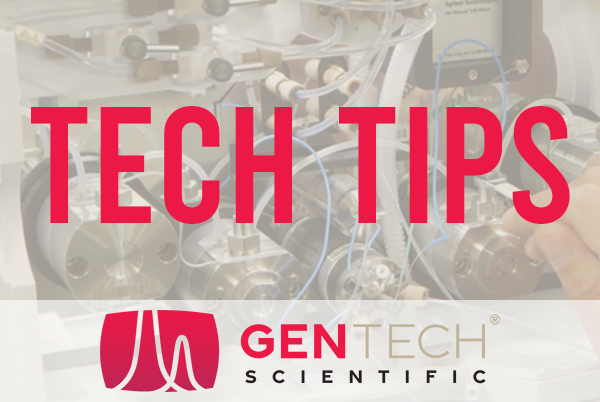Many factors influence fragmentation in mass spectrometry. Below, we’ll explain the basics of fragmentation and the influencing factors for those looking to learn more about mass spectrometry.
What Is Fragmentation?
First, what is fragmentation in mass spectrometry, and why does it matter? Fragmentation separates unstable molecular ions from the subject by passing molecules through the mass spectrum. It’s a chemical dissociation in which the electron removal from the molecule results in ionization.
This electron removal can occur through either a type of cleavage (homolytic, homolysis, or heterolytic) or heterolysis of the bond. By determining the fragmentation pattern, researchers can also determine the unknown molecule’s molar weight and structural information to better identify the substance.
Factors That Influence Fragmentation
Many factors influence fragmentation in mass spectrometry, primarily the number of fragment peaks, common fragment ions and structure, and the detection of mass-to-charge (m/z) values.
Number of Fragment Peaks
When a molecular ion gets fragmented, each fragment will appear as a series of lines in the mass spectrum. The distribution of the abundant ions in the mass spectrum is valuable information in determining the molecule type.
If the molecular ion in a mass spectrum is of high stability, it will only have a few fragment peaks and likely none of significance. But on the other hand, a largely aliphatic structure, for example, will display many fragment ions in a mass spectrum.
Common Fragment Ions & Structures
Scientists can find useful information by considering one or two peaks in the mass spectrum and common fragment ions and structure. Certain groups are often paired together, so if they find the presence of one group, it’s strong evidence of the existence of another.
If, for example, the spectrum shows evidence of a carbonyl group, there’s also often evidence of a methyl ketone group.
Detection of Characteristic m/z Values
The fragmentation pathways can also show the characteristics of functional groups and provide helpful information about the structure. If a scientist suspects the unknown sample to be part of one functional group, like alcohols, its fragmentation pathways can get compared and examined with other alcohols for common characteristics.
If there are enough characteristics and similarities, that’s strong evidence of identifying the functional group of the subject and, from there, learning more about the sample.
Conclusion
If you’re conducting mass spectrometry experiments and need new mass spectrometers for your lab, GenTech Scientific can help. At GenTech Scientific, labs can find high-quality, refurbished mass spectrometry equipment at an affordable price, so they can get the instruments they need without breaking the budget.






